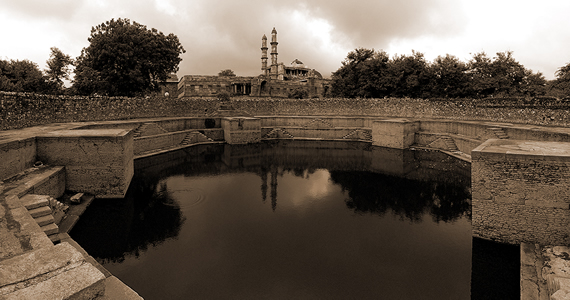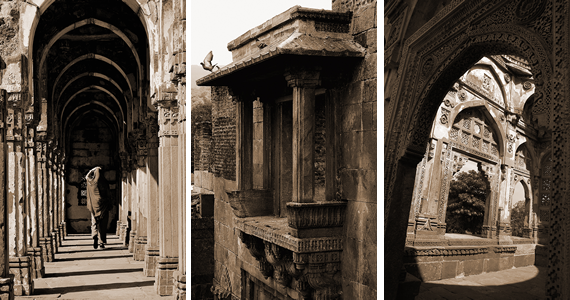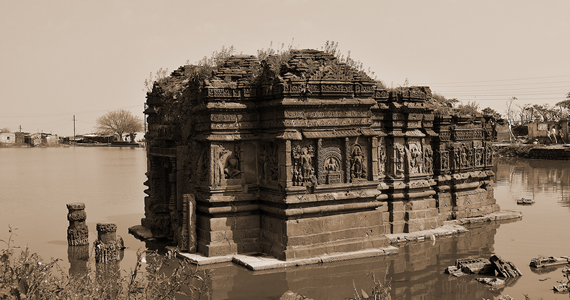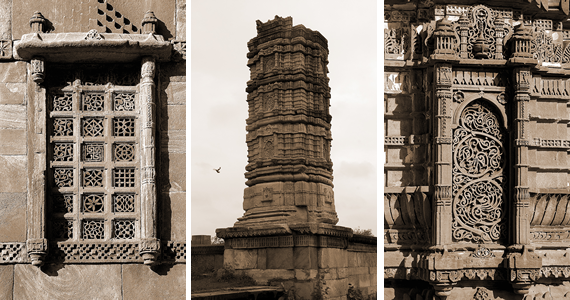Our Story
Eminent photographer Rahul Gajjar, founder of OMESSA has been extensively photographing Champaner-Pavagadh over the last three decades, trying to capture its various moods in different seasons, at various times of the day and year. His passion and love for the architectural jewels of Champaner gave birth to the idea of creating contemporary accessories for the woman of today.
A fusion of creativity emerged in 2015 when Sonal Maheshwari, a designer, collaborated with Rahul Gajjar to design and produce exclusive Fine Art Jewellery, Hand Woven Silk Sarees, Stoles and Scarves.
The oldest surviving, 10th century Lakulish Temple located on Pavagadh Hills, influenced the creation of OMESSA - Lord of Om.
Omessa Fine Art Jewellery brings you exquisite heritage jewellery inspired by the delicately carved, wonderfully imagined, superbly executed architectural wonders of Champaner, each one equally beautifully designed, finished, and presented as the original inspiration. UNESCO World Heritage Site Champaner-Pavagadh is located 45 km from Baroda, Gujarat, with a history that dates from 2nd century AD and dotted with Rajput-Hindu, Jain and Islamic secular and religious monuments. It is spread over 6 sq km and comprises the fortified sacred hill of Pavagadh with the ancient Kalikamata Temple at its summit. At its foot, are the ruins and buried remains of Champaner, the sprawling, prosperous medieval capital city built by the pre-Mughal Sultans of Gujarat.
Throughout the history of our civilisation, the concept of the garden and the vegetation in it has had particular significance. Surrounded by hot climate, we in India have always appreciated the soothing impact of flowing water, the occasional greenery of isolated oasis or indeed the colourful vegetation of artificially created walled gardens, maintained with carefully calculated water technology. The pleasure gardens of rulers and the wealthy elite were a coveted luxury, but they had a spiritual dimension too, as they were often designed to echo the lush and refreshing vegetation of Paradise.
The concept of the garden with its rich flora had always been a central theme in the medieval architecture at Champaner. Intricate arabesque designs formed by overall symmetrical patterns of undulating stalks and split-leaves or split-palmettes invited reflection of the cosmic process of creation and the Divine Unity that underlies the infinite diversity of the material world.
The Mosques form the most significant part of the Architectural Heritage of the Sultanate period of Champaner-Pavagadh. They form the biggest source of knowledge and expression of the glory of architecture that was attained in Champaner-Pavagadh. The Mosques developed on these principles were evolved from elements of Hindu Architecture.
Champaner-Pavagadh is perhaps the most authentic medieval city in India as all the information about the original city is available below the ground. The untouched nature of this information is significant to understand Medieval Sultanate capitals of regional India as predecessors of later Mughal style of architecture.




